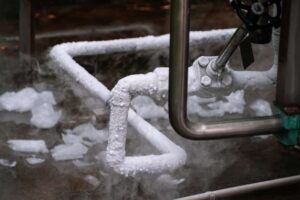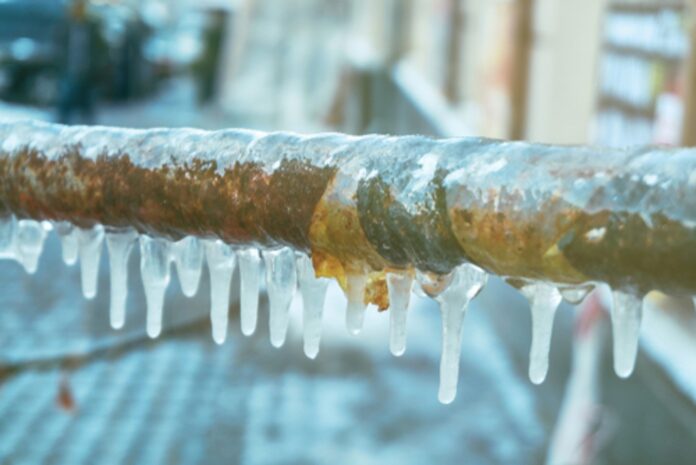Winter-Proofing Your Pipes
As winter descends and temperatures drop below zero, safeguarding your pipes from freezing is a top priority for homeowners. The frigid weather can pose a threat to your plumbing, but with some proactive steps, you can shield your pipes and ensure a trouble-free winter season. Let’s explore practical advice to help you keep your pipes from freezing during the coldest months.
- Insulate Exposed Pipes: One of the most effective strategies to prevent Winter-Proofing Your Pipes is insulating them. Pipes in areas like basements, crawl spaces, or attics are particularly susceptible. Utilize pipe insulation sleeves or wrap them with heat tape for an additional layer of protection. This helps maintain a consistent temperature around the pipes, thwarting freezing.
- Seal Cracks and Gaps: Thoroughly examine your home for any cracks or gaps that could allow cold air to infiltrate. Seal these openings with caulk or spray foam insulation to keep the cold air out and preserve warmth. This not only benefits your pipes but also contributes to overall energy efficiency in your home.
- Allow Faucets to Drip: On extremely cold nights, letting faucets drip slowly can prevent pipe freezing. Water in motion is less likely to freeze, making this a simple yet effective technique, especially for faucets connected to pipes running along exterior walls.
- Keep Interior Doors Open: Ensure consistent indoor temperatures by leaving interior doors open. This facilitates even heat distribution throughout your home, preventing cold spots and minimizing the risk of frozen pipes.
- Apply Heating Tape: For additional protection, consider using heating tape on vulnerable pipes. Heating tape is an electrically powered cable that can be wrapped around pipes to provide continuous warmth. Follow the manufacturer’s guidelines meticulously to ensure safe usage.

- Maintain a Warm Interior: Set your thermostat to a consistent temperature, even when you’re away. While lowering the heat might save on energy costs, a warmer interior protects your pipes from freezing. Aim for a temperature of at least 55 degrees Fahrenheit or higher.
- Disconnect and Drain Outdoor Hoses: Before winter sets in, disconnect and drain water from outdoor hoses. Leaving hoses connected can lead to water backing up into the pipes, escalating the risk of freezing. Store hoses indoors to shield them from the harsh elements.
Conclusion: Implementing these preventive measures can safeguard your plumbing system and spare you the hassle of dealing with frozen pipes.Winter-Proofing Your Pipes is a wise investment in averting potential damage and costly repairs. Stay warm, stay prepared, and enjoy a winter season without plumbing concerns!
